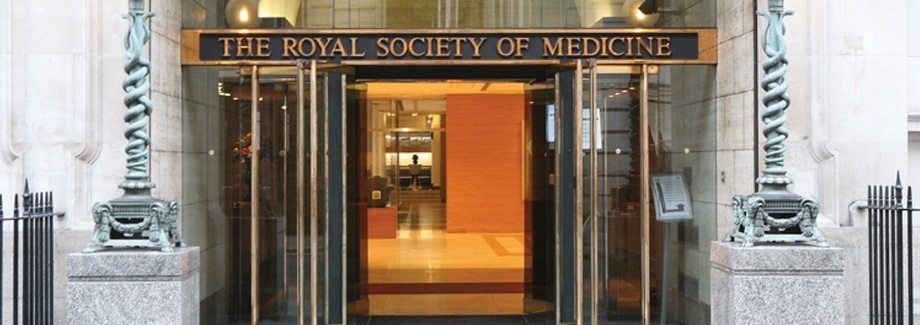I recently spoke at the Royal Society of Medicine on a day devoted to a comprehensive overview of surgical techniques for rejuvenation in the face and neck. The day was organised by Barbara Jemec, president of the plastic surgery section of the Royal Society of Medicine. Speakers included Patrick Tonnard who developed the MACS lift, Roberto Pizzamigli, known for the Silhouette lift, Alain Fogl, Lucian Ion and myself. The day was extremely informative and especially valuable because each of the speakers has carefully documented their work and audited their results.
As one would expect from such leaders in the field, the results shown were quite spectacular and I really don’t think that in terms of final outcome, that there was much difference between the techniques and treatment philosophies described. One thing did strike me though, and that was that more extensive and complicated the surgical techniques resulted in longer the recovery times and higher adverse event rates. Part of my remit for the day was to review pitfalls and complications in the literature and after a comprehensive review the same message evolved. – Minimally invasive facelifts produce results that are just as good as more complicated techniques and the recovery time for these more modern minimal procedures is much less.
These thoughts have very much reflected my own practice in recent years. It is now very uncommon for me to undertake an extended SMAS lift and my most commonly performed lift is the Lateral SMASectomy with quite minimal undermining of the skin. The procedure can often be performed as a day case procedure and in situations where a dramatic lift isn’t needed, sedation rather than general anaesthetic can be used.
The Royal Society of Medicine day on facial rejuvenation was a great success and it was a real pleasure to be involved in an event dedicated to cosmetic surgery that was truly based on surgical science and audit.

